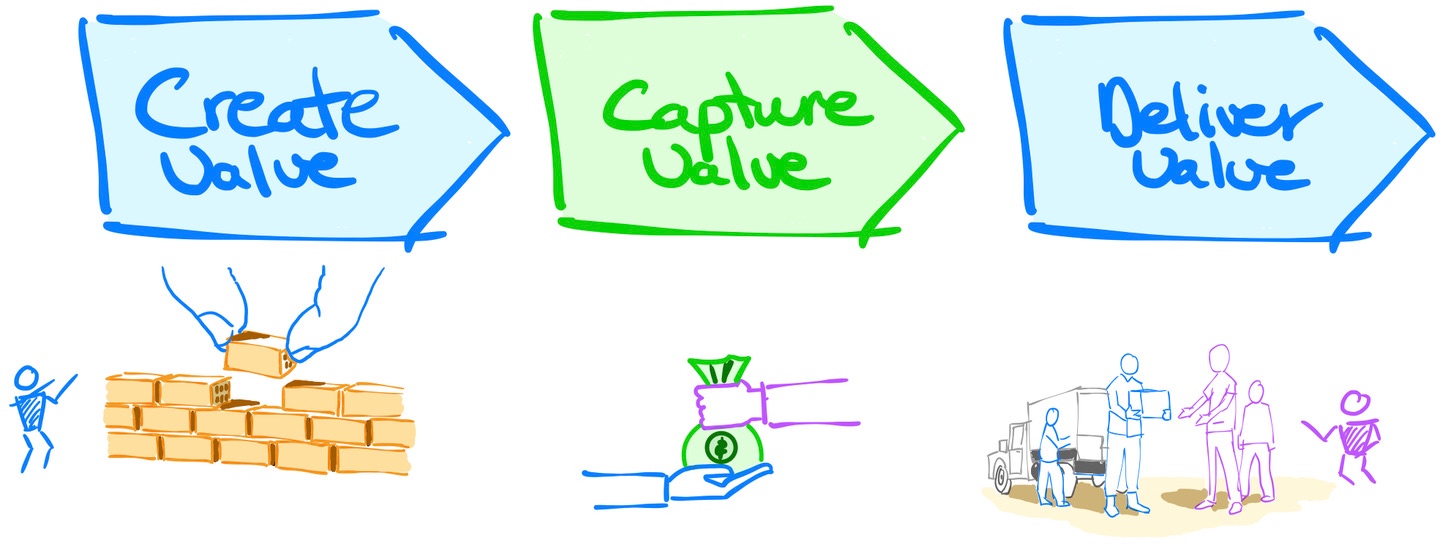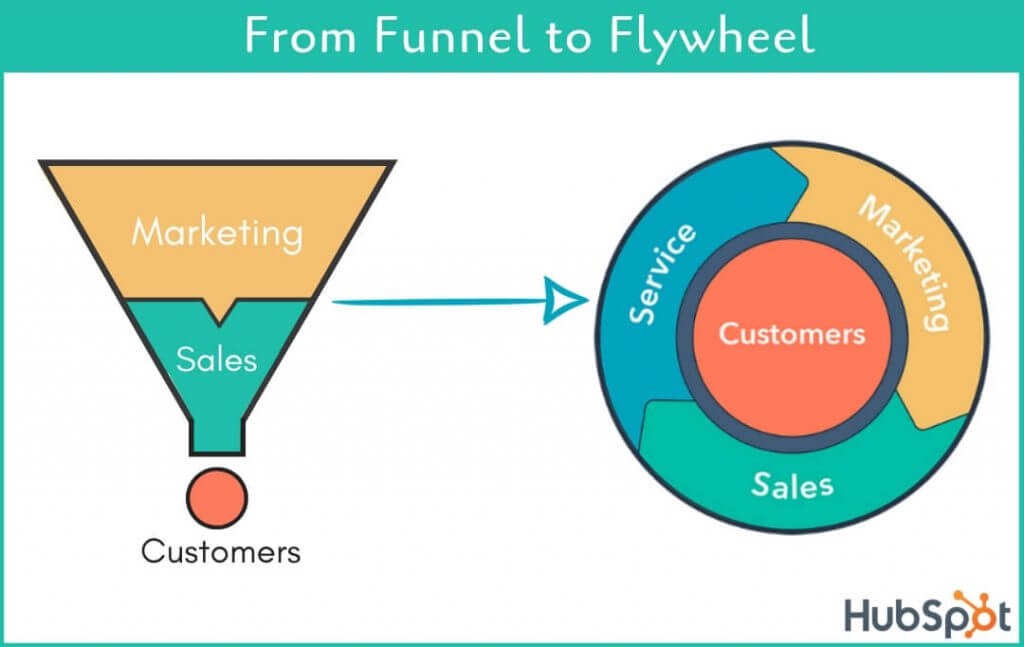Are banks technology companies? I was wrong. But are they too?
It was 2016, our WebBroker product team were chatting on the future of banks and technology companies. Are we a technology company? I remember a quote that stuck with me. Did you hear what Brian Porter [CEO of Scotiabank] said? "We're in the technology business. Our product happens to be banking, but largely that's delivered through technology."
Years later, it was 2019. More experiences under my belt. I was sure. We are a technology company. My peer Senior Technology manager said
Banks are technology companies in disguise.
Months later. I was at a TD Wealth Accelerated Change through Technology event. Table of six, three from the Private Wealth Management (PWM) business. Naturally curious, I asked them. Do you think we're a technology company? They said no. Now, I'm being honest. I don't remember the exact words, but what they said stuck. So I'll paraphrase from memory
The value I create isn't what's on the screen. Understanding the markets and their products, what problems these products solve, what goal they achieve, when to use which one, which one fits my customer today and not tomorrow is the value I provide. — Wealth Advisor
What do I do as a business?

Ask these questions:
Create Value: what unmet needs, problems, desires do I fulfill to address and improve people's lives?
Capture Value: when do people feel the added value to their life? when will they pay? what are they willing to pay? what's the easiest way for them to pay?
Deliver Value: what experience, product, or service do I make or deliver? How do l distribute it?
Back to Banks
After taking a course from IDEO on Designing a Business and reading Understanding Michael Porter. I was wrong. We're not a technology company. Does that mean we're a bank?
What I've realized is it's in the eyes of the beholder. We all have our unconscious biases—things we just do without realizing it.
Are we a bank or technology company depends on where you are in the value chain. Work on the client-facing or finance side; you might lean towards saying it's a bank. Work on the digital-facing side, you might lean towards it's a technology company.
At least, this is what I believe now. Until another day where it evolves or flips 180 degrees.
Does it matter? Isn't this semantics
What we believe and value determines how we behave and make decisions every day. Our unconscious bias leads us to assume who creates, captures, and delivers value.
Try an experiment. Ask yourself:
- Who are the costs centres in my business? revenue centres?\
- Who do I ask to generate ideas? execute on ideas?\
- Do I compensate teams differently?\
- Who do I open doors for and say YES to new ideas? fund?\
- What do they do and what do I expect of them?\
Now the final step. Check who from your answers falls into Creating Value? Capturing Value? Delivering Value?
Moneyball in baseball recognized the competitive advantage of sabermetrics (i.e. stats and data) to assemble the best team. The next arbitrage opportunity in all businesses is to look at technology teams as a revenue center, not another cost center.
Here's the important part. It's not a zero-sum game. It's a win-win, non-zero-sum game. Creating value needs to be done by both sides.
Business flywheel
What if it's an outdated view?
The world isn't linear. Neither are businesses. What if the answer is not an "or"?
What if the answer depends on who I ask? When I ask them?
Ask a customer after they just met with an advisor? What would they say?
Ask a customer after they used your digital product and just experienced an a-ha moment — when they feel something new.
14. Build a flywheel
— David Perell (@david_perell) February 3, 2021
Jeff Bezos saw how flywheels could create compounding advantages for his company, long before they became common knowledge in the business world. Here's Amazon's flywheel in action, as drawn by @maxolson and explained by Bezos himself. pic.twitter.com/Kma3D7H3T5
Example of the sales funnel and flywheel. Credit [Hubspot]

Let me know
What kind of business do you work in?
Where in the value chain do you work?
Where do your colleagues work?
Who do you believe your customers would say creates value?